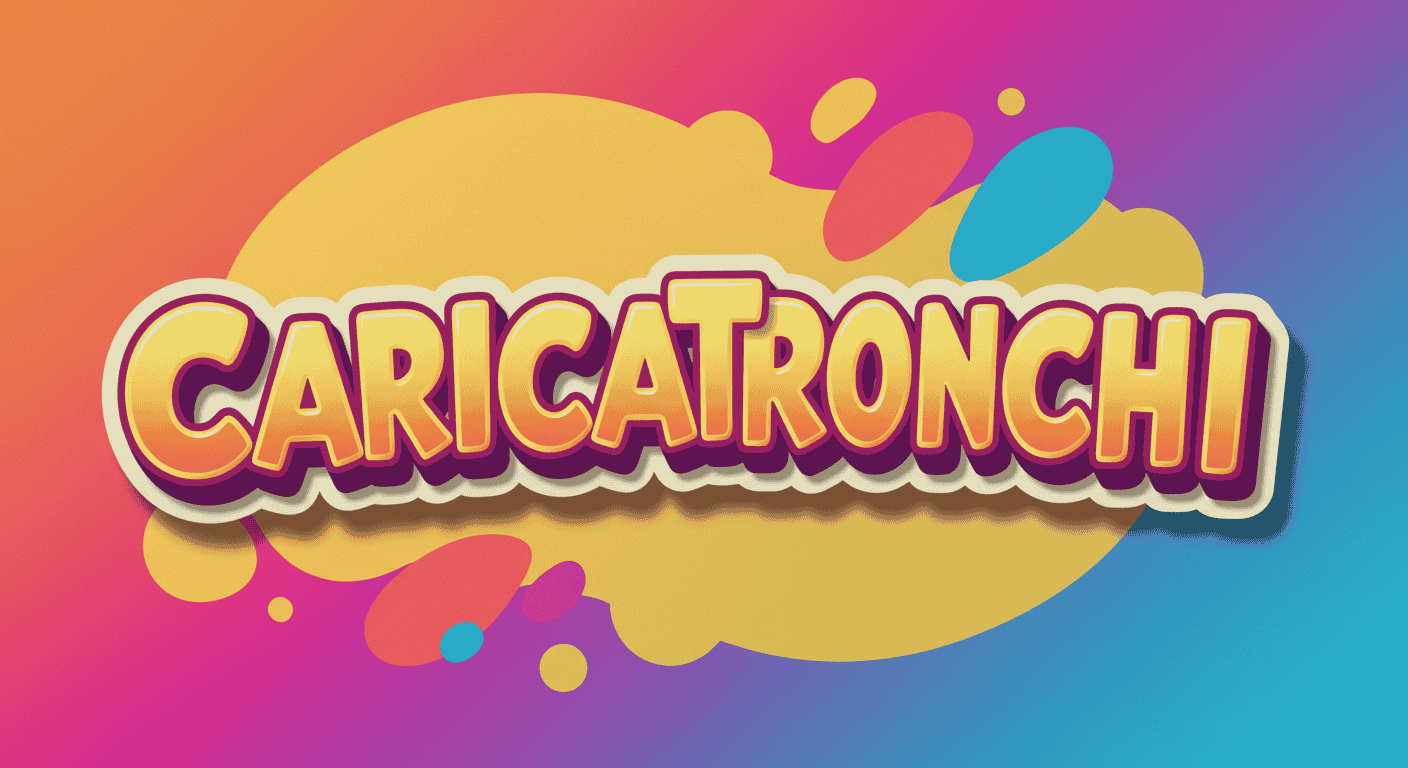If you’ve recently encountered the term “Caricatronchi” online, you may have found yourself confused by conflicting definitions. Is it a niche art form, a style of cartooning, or a type of advanced robot? The truth is, it’s all of them.
“Caricatronchi” is a complex and emerging term with no single, official definition. Its meaning changes dramatically depending on the context—whether in art, technology, or digital culture. This guide will serve as the ultimate resource to clear up the confusion. We will explore the four primary meanings of Caricatronchi, explaining the origins and purpose of each.
Meaning 1: The Surreal Art Character
In niche art communities and cultural discussions, Caricatronchi refers to a specific type of surreal and exaggerated character concept. This interpretation, originating from what many believe to be underground European art circles in the late 1990s, treats Caricatronchi as a symbol of creative resistance against mainstream perfection.
Key characteristics of this definition include:
- Conceptual Basis: It’s more of an artistic idea than a rigid style. It represents absurdity, satire, and the distortion of identity in the modern world.
- Visual Style: These characters often feature bizarre and disproportionate designs, such as oversized limbs, asymmetrical features, and fantastical elements.
- Purpose: Artists use Caricatronchi to create social or emotional satire, reflecting the absurdities of life through a surreal lens. It is often found in cult animations, indie video games, and avant-garde digital art.
Meaning 2: A Modern Style of Caricature & Cartooning
For many graphic designers and social media artists, Caricatronchi describes a whimsical and playful style of art that blends traditional caricature with cartooning. This definition is more accessible and focuses purely on visual aesthetics. It has gained popularity for creating charming, humorous, and highly expressive characters.
Key characteristics of this style include:
- Visual Style: Defined by exaggerated proportions, oversized heads, expressive eyes, and simplified, “chunky” bodies that emphasize a character’s personality.
- Tone: The feel is generally light-hearted, charming, and humorous, making it perfect for social media avatars, mascots, and merchandise.
- Origin of the Name: This interpretation fuses “caricature” with a variation of the Italian word “tronchi” (trunks or figures), referencing the chunky, stylized bodies of the characters.
Meaning 3: A Form of Animatronics and Robotics
In the world of technology and engineering, Caricatronchi takes on a completely different meaning. Here, it refers to a specialized field of animatronics and robotics focused on creating hyper-realistic movements in inanimate figures.
This term is thought to be a portmanteau of “caricature” (for its focus on specific, exaggerated expressions) and “animatronics.”
Key characteristics of this technology include:
- Function: Unlike basic animatronics, Caricatronchi systems are designed for subtlety and realism. They can make a statue appear to breathe, shift its eyes, or display complex facial expressions.
- Inner Mechanics: These systems use sophisticated servos, sensors, and control software to translate digital commands into fluid, lifelike motion.
- Applications: Caricatronchi technology is used in advanced applications like theme park attractions, museum exhibits, and cinematic special effects where a high degree of realism is required.
Meaning 4: A Dark, Emotional Digital Art Form
A fourth, more recent interpretation defines Caricatronchi as a revolutionary and often dark form of digital art that uses the entire human form to express deep, complex emotions. It is considered a modern evolution of caricature that moves beyond simple facial exaggeration.
Key characteristics of this art form include:
- Emotional Depth: The primary goal is to explore the human psyche, the subconscious, and feelings of estrangement or inner conflict.
- Visual Style: This style is marked by the distortion and exaggeration of the entire body—limbs, torsos, and postures—not just the face. The results are often unsettling yet deeply expressive.
- Medium: It is almost exclusively a digital art form, leveraging software to manipulate and distort figures in ways that would be difficult in traditional media.
Conclusion: So, What Is the Real Caricatronchi?
After exploring these four distinct fields, it is clear that there is no single “real” Caricatronchi. The term is a polysemy—a word with multiple meanings—and its correct definition is entirely dependent on the context in which it is used.
An artist, a roboticist, and a cultural critic will all have a different, valid understanding of the term. By understanding all four interpretations, you now have the most complete and authoritative answer available. The true value of the term lies in its versatility and its ability to represent distinct forms of modern creativity.
Frequently Asked Questions (FAQ)
1- What is the most common origin of the word Caricatronchi?
While its exact origin is debated, most interpretations agree it’s a modern hybrid word, often combining the Italian “caricatura” (caricature) with “tronchi” (trunks, figures, or fragments), adapted to fit different fields.
2- Is Caricatronchi primarily related to art or technology?
It is strongly related to both. Three of the four primary meanings are rooted in visual arts (surrealism, cartooning, and emotional digital art), while one is a specific application in robotics and animatronics.
3- How can I create Caricatronchi art?
It depends on the style you want to create. For the cartooning style, focus on simple shapes and exaggerated proportions. For the surreal or emotional styles, experiment with digital manipulation tools to distort figures in a way that conveys a specific mood or idea.




